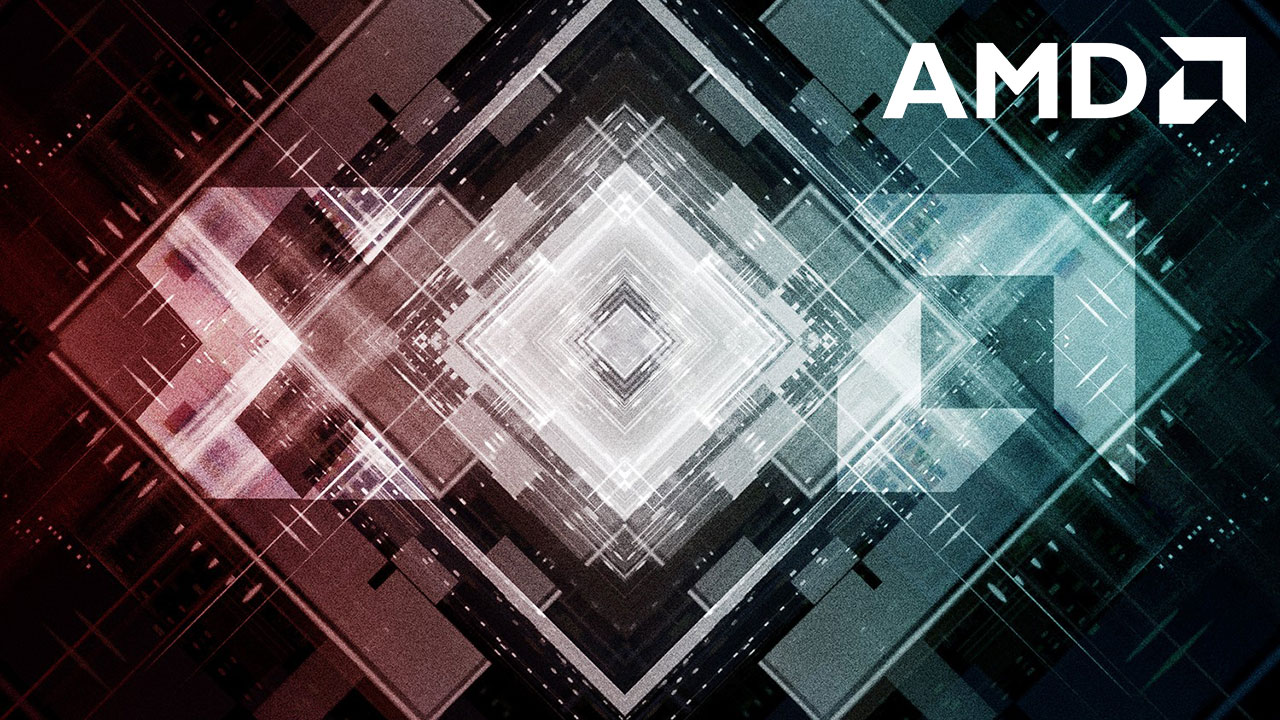AMD has announced that it has officially completed its acquisition of Xilinx. The all-stock transaction, which was originally announced way back in October 27, 2020, is the largest in semiconductor history.
“The acquisition of Xilinx brings together a highly complementary set of products, customers and markets combined with differentiated IP and world-class talent to create the industry’s high-performance and adaptive computing leader,” said AMD President and CEO Dr. Lisa Su. “Xilinx offers industry-leading FPGAs, adaptive SoCs, AI engines and software expertise that enable AMD to offer the strongest portfolio of high-performance and adaptive computing solutions in the industry and capture a larger share of the approximately $135 billion market opportunity we see across cloud, edge and intelligent devices.”
With the acquisition, Xilinx will become AMD’s Adaptive and Embedded Computing Group (AECG), led by former Xilinx CEO Victor Peng. The company will remain focused on its FPGA, Adaptive SoC, and embedded product roadmaps for its core markets. By becoming part of AMD, it will be able to offer an expanded set of solutions thanks to AMD CPU and GPU technology.
“The rapid expansion of connected devices and data-intensive applications with embedded AI are driving the growing demand for highly efficient and adaptive high-performance computing solutions,” said Victor Peng. “Bringing AMD and Xilinx together will accelerate our ability to define this new era of computing by providing the most comprehensive portfolio of adaptive computing platforms capable of powering a wide range of intelligent applications.”
Here are some of the benefits and effects of the acquisition, according to AMD:
- Increasing AMD’s TAM from $80B to $135B, expanding AMD’s customer base, and diversifying AMD into new markets
- Xilinx’s deep strategic partnerships across wired and wireless communications, automotive, industrial and test, aerospace and defence, broadcast, measurement and emulation, and consumer markets complement AMD partnerships in the PC and data center markets.
- Providing incremental scale to AMD’s R&D
- Brings additional capabilities in advanced technology development, including leadership die stacking and packaging technology, chiplet and interconnect technology, AI and domain-specific architectures and best of-breed software platforms.
- Further strengthening AMD’s financial model
- Provides multiple diverse revenue streams across new end markets with long, high-margin product cycles while maintaining AMD’s industry-leading growth.
The transaction is expected to be accretive to non-GAAP gross and operating margins, non-GAAP EPS and free cash flow generation in the first year.
- Provides multiple diverse revenue streams across new end markets with long, high-margin product cycles while maintaining AMD’s industry-leading growth.
More information on the acquisition can be found on the official AMD/Xilinx acquisition page.


